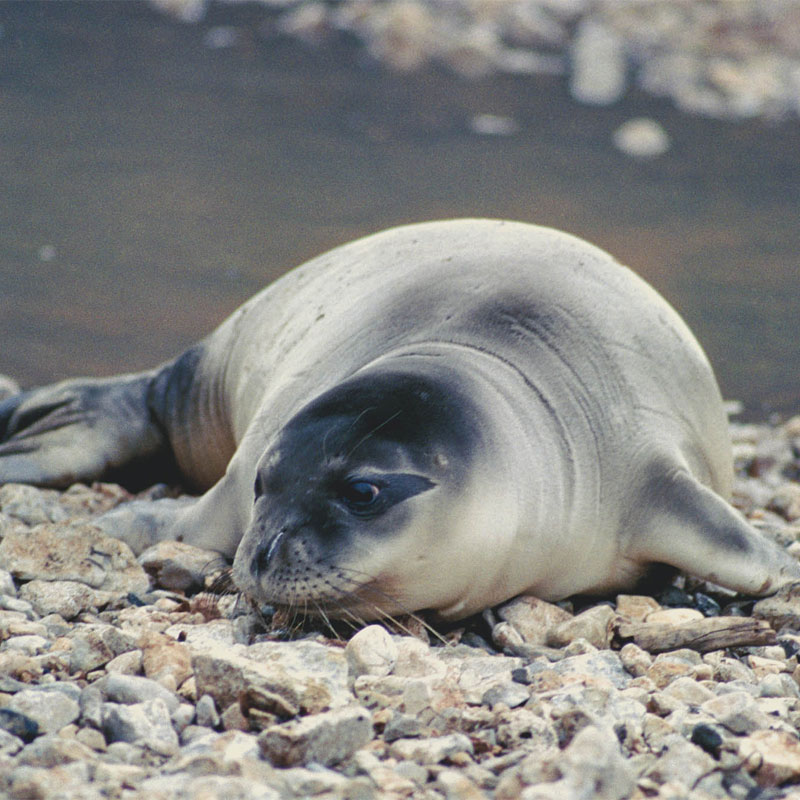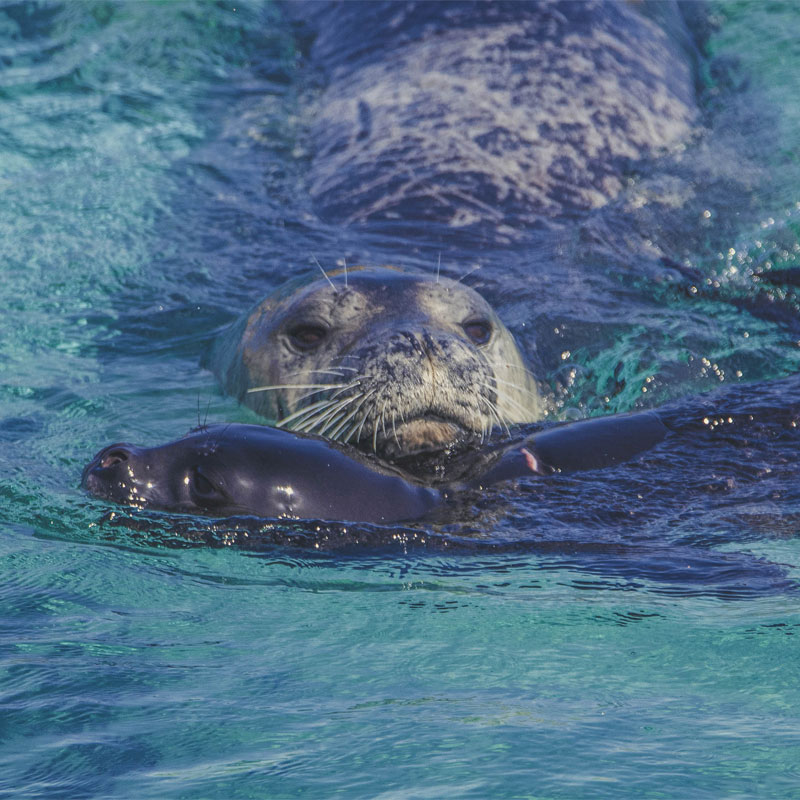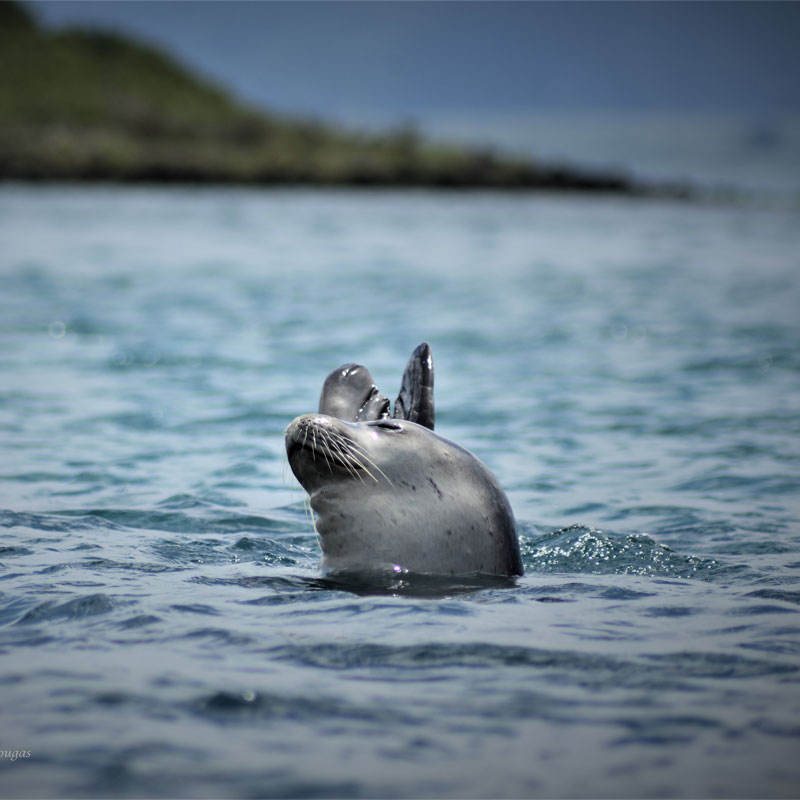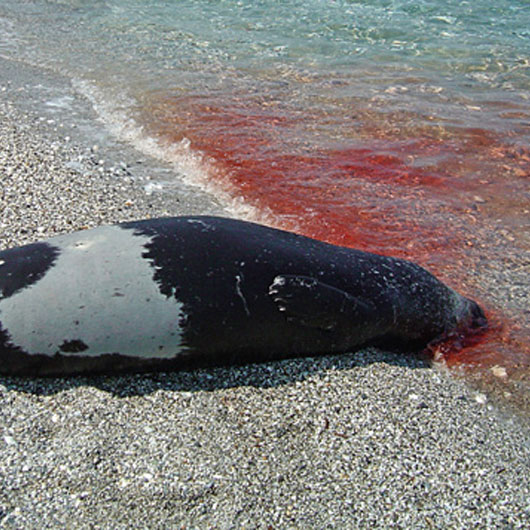VRSTE

Monk seals are part of the mammalian group of carnivores named Pinnipedia, which includes all the species of seals, sea lions and walrus. The first seals appeared on the face of the earth approximately 20 million years ago. But, before evolving into top marine predators, the ancestors of seals used to live on land and were carnivores. Seals are therefore considered to be closely related to some terrestrial carnivores, such as bears! As indicated by the name Pinnipedia, these animals have flippers instead of legs which are well adapted to the needs of their aquatic life.
Most seals prefer cold climates and live in areas close to the Poles. Some species however have adapted to more temperate and warm climates, such as the California sea lion, the Hawaiian monk seal and the Mediterranean monk seal Monachus monachus, which is the rarest seal on Earth.

The presence and role of the Mediterranean monk seal in ancient human culture have also been documented in other ways. Monk seals are depicted on coins from the 6th century B.C. ancient town of Phocaea (present day Asia Minor), which was named after the species. An ancient vase from 520 – 510 B.C. shows a mythical hero fighting a sea monster in the presence of a Mediterranean monk seal. One of the most impressive pieces of evidence was found on the island of Rhodes, where in 1999, an archaeological excavation discovered a burial site where members of a wealthy family were ceremoniously buried with a Mediterranean monk seal.
The large colonies of monk seals, which were so often described in antiquity, were systematically wiped out during the Roman times for their meet, skin and oil. Occasionally, monk seals were even used to entertain crowds in the Roman arenas. Mediterranean monk seals received their name in 1779 from the German naturalist Johann Hermann, who described the species from a specimen on exhibit at the Museum of Strasbourg. Hermann named the new species Phoca monachus from the Greek word μοναχός (i.e. monk), due to the resemblance of the monk seal’s skin to the cloak of a Catholic monk. The scientific name was updated in later years to Monachus monachus as research showed monk seals are part of a unique taxonomic Genus of sub-tropical seals.



